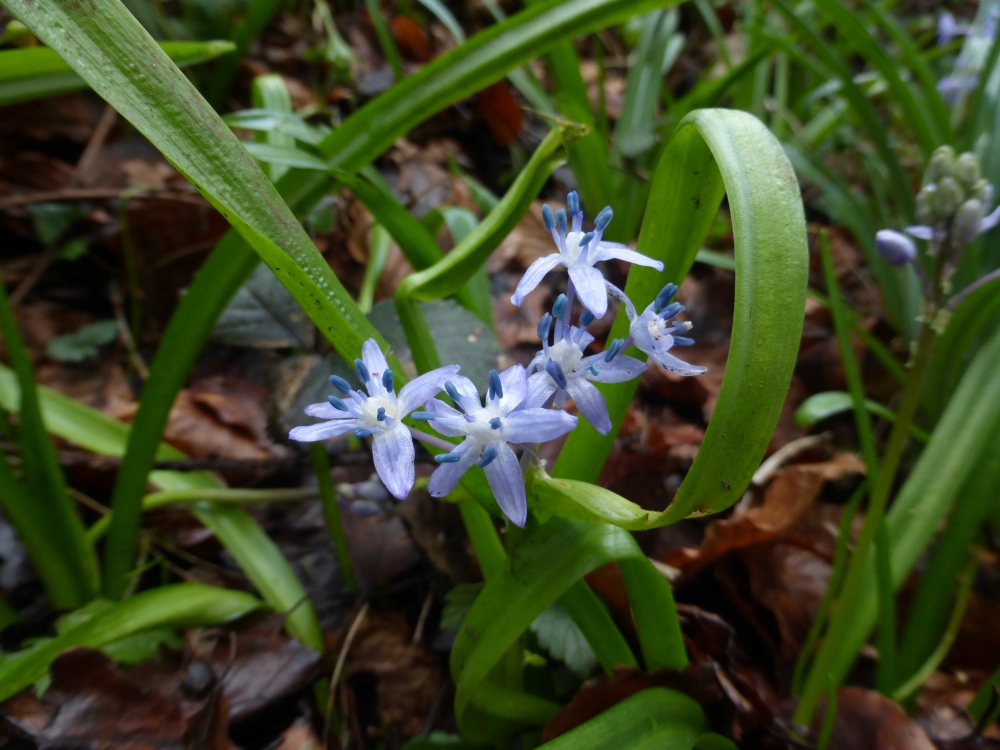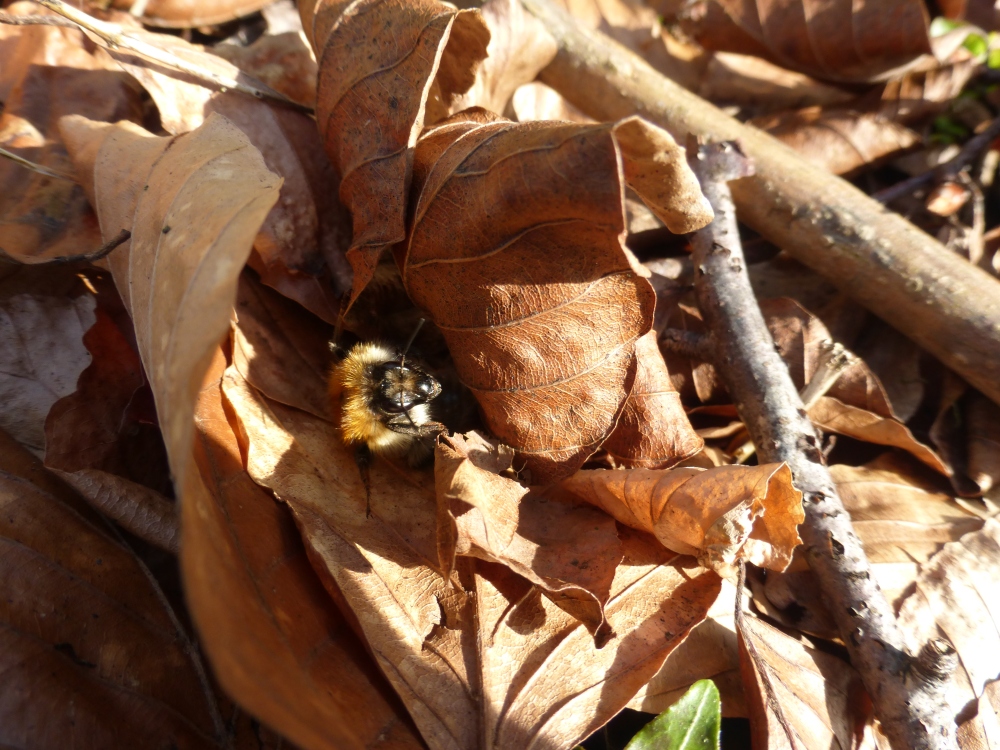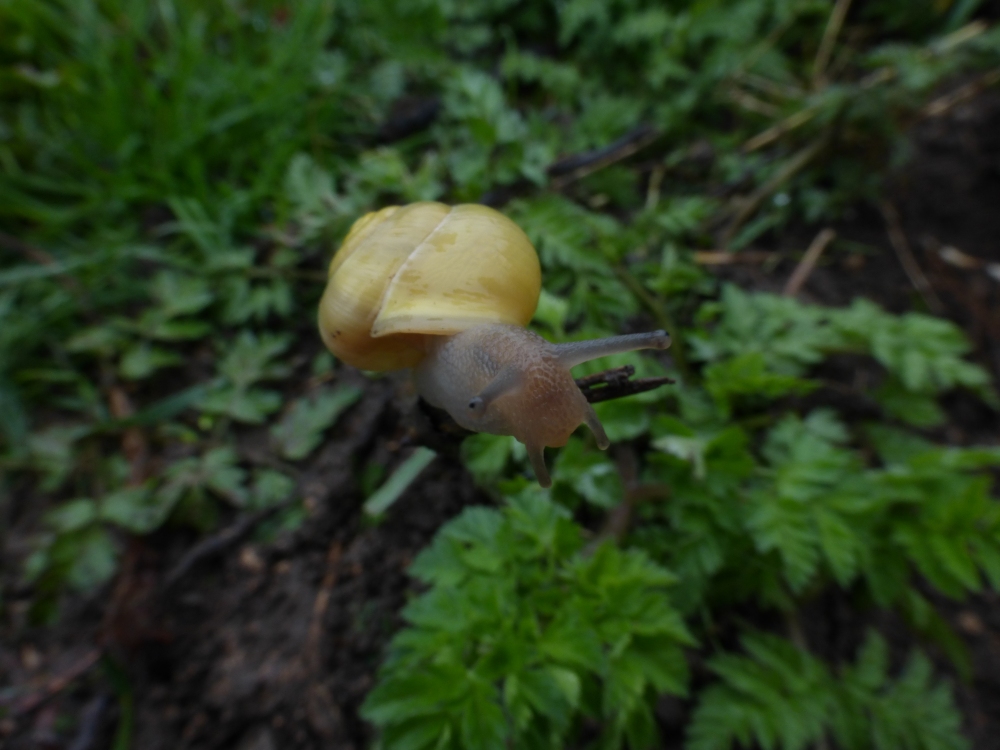The field next to the rangers yard has been residence to a flock of pregnant ewes ever since I started here. I arrived at work this week to the shrill bleats of the first lambs. I watched them stumbling around in their mothers’ wake while I drank my morning coffee, mostly looking a bit lost. I continued to observe as the farmer came towing a trailer laden with feed into the field and, while the rest of the sheep flocked straight to him, the mothers and their little ones held back, obviously hesitant to join the wild throng of hungry adults. And then there was this one little guy who stood abandoned in the great expanse of open field just crying out – it was a heartbreaking sound. Then as the farmer moved around towards him with the trailer he ran after it as bold as anything and allowed himself to be fed. Anyway, I’ve been enjoying having them around, they’re all very sweet, and I’m excited for our Meet the Lambs event on April 2nd when we’ll get to say hello to some of them more personally.

Spring Squill – Fairy Wood
We were going to have the whole ranger team out working with the dry stone wallers on Wednesday but it was rained off. Instead, most of us spent the day doing some much-needed tidying and reorganising in workshop – which is now looking lovely – while dancing around and singing to the radio.
Tabi and I spent a gorgeous, sunny afternoon in Bathwick Woods ring-barking three young beech trees that are threatening the longterm health of a great old veteran beech. Trees growing in very close proximity to each other compete for available resources such as water and nutrients from the soil and space and light at the canopy. By removing overcrowding succession trees, we can effectively reduce the competitive pressures experienced by the target tree, in this case the old beech. This increases the amount of available resources for the beech, reducing negative impacts on its health and lifespan. This woodland management technique is called haloing.
Ring-barking is a process by which you initiate the gradual decline of a tree by cutting out a band around its trunk, severing the vascular tissues of the plant and preventing it from transporting water, food and minerals between the canopy and the roots. While this may seem a little crude, ring-barking – as opposed to felling – can be a very useful tool in woodland conservation management as it allows the trees to be thinned while causing as little disturbance to the surrounding environment as well as keeping the current habitats provided by the tree mostly intact. As the tree slowly dies, the habitat will change, as will the community of organisms that depend on it. The deadwood, for example, will provide excellent sustenance and shelter for many invertebrates that will in turn supply food for other woodland foragers such as bats and rodents. The thinning of the canopy will also allow more light to reach the woodland floor encouraging the growth of shade intolerant plant species and promoting an increased species richness in the understory. In this way we are protecting one of the oldest trees in the stand while helping to create a more complex woodland environment that can support a greater number of species with different niche requirements.

A bumble bee taking shelter amoung the leaves – Bathwick Woods
At the end of the week we had loads of us out on Claverton Down felling and clearing small trees, shrubs and brambles from the next section of wall to be rebuilt. As I have mentioned in my previous post, A taste of dry stone walling, these self seeded trees are likely responsible for the collapse of the original wall and so need to be removed. Although I am not able to do any felling myself, I was able to use my new chainsaw skills to cut the felled trees into smaller, more manageable pieces – some of which have been kept for fire wood and other bits for some potentially more creative purposes. Much of the hawthorn has an elegant, bone-like curvature and is very attractive. Rob and I had thoughts of using it aesthetically – perhaps some kind of sculptural display. I managed to get my first nasty blackthorn experience. It wasnt too bad, but I did get a good stab to the thumb which proceeded to swell into a solid lump around the wound. My whole hand and wrist ached terribly and felt quite arthritic for the rest of the day but, since, it has only been a bit bruised so I think I got off lightly by the sounds of some of the stories I’ve heard.
Today, Rob and I lead a guided sunrise walk around the Skyline. I woke at 4am to a pretty miserable morning and it bucketed it down all the way to the rangers yard. Despite the rain, I was in a great spirit and looking forward to the walk. I relished being up and out so early; there is something wonderful and strangely exhilarating about driving in the stillness and quiet of the wee hours while the rest of the world still sleeps.
The rain had mostly slowed to a foggy drizzle by the time we set off from Bushy Norwood at 6am with 18 folks in attendance. I was very impressed with the turn out! Unfortunately, the views were obscured by thick fog for the first couple of hours and the gradual lightening of the grey was the only indication of the sunrise. But, the air was fresh and warm and Rob kept us all entertained with the history, ecology and conservation work related to each site. By the time we got to Bathwick fields we could finally see Bath, which was well appreciated even if it was looking a bit gloomy.

An adventurous snail enjoying the moisture – Bathwick Fields
Walking through Bathwick and Bathampton woods was particularly lovely, the rich palette of greens, from the dark, wet ferns to the luminescent lime mosses, accentuated in the dull light. We met a red-legged partridge, perhaps the first I’ve ever seen, who jogged beside us for a bit and a snail along the way. It was a superb morning enjoyed by all and when we said our farewells to the group just after 10am, I still had a whole Sunday remaining for some rest and relaxation.









Great post and excellent photos too! We see quite a few Red-legged Partridges here – quite a few are released in the autumn for shooting. I would love to see a native Grey Partridge, though!
LikeLiked by 1 person
Thanks Clare. If there are plenty in North Suffolk then no doubt I have seen them before – but probably taken little notice as a child. I shall keep a look out next time I visit.
LikeLiked by 1 person
Great photo of that bumble in the leaves and well spotted! Keep up the good work
LikeLiked by 1 person
Thanks! And thank you for reading and the follow 🙂 I have more bumble bee pictures to come soon.
LikeLiked by 1 person
Hi,
As I can’t see a comments section on your about page or elsewhere, I thought I’d drop some words in here. Many Thanks for your kind follow at naturestimeline, that is much appreciated.
Best Wishes
Tony Powell
LikeLiked by 1 person
Hi Tony,
Thanks for your comment. I’ve been enjoying reading your blog. Very interesting and informative – well worth the follow!
Best wishes
Alice
LikeLiked by 1 person